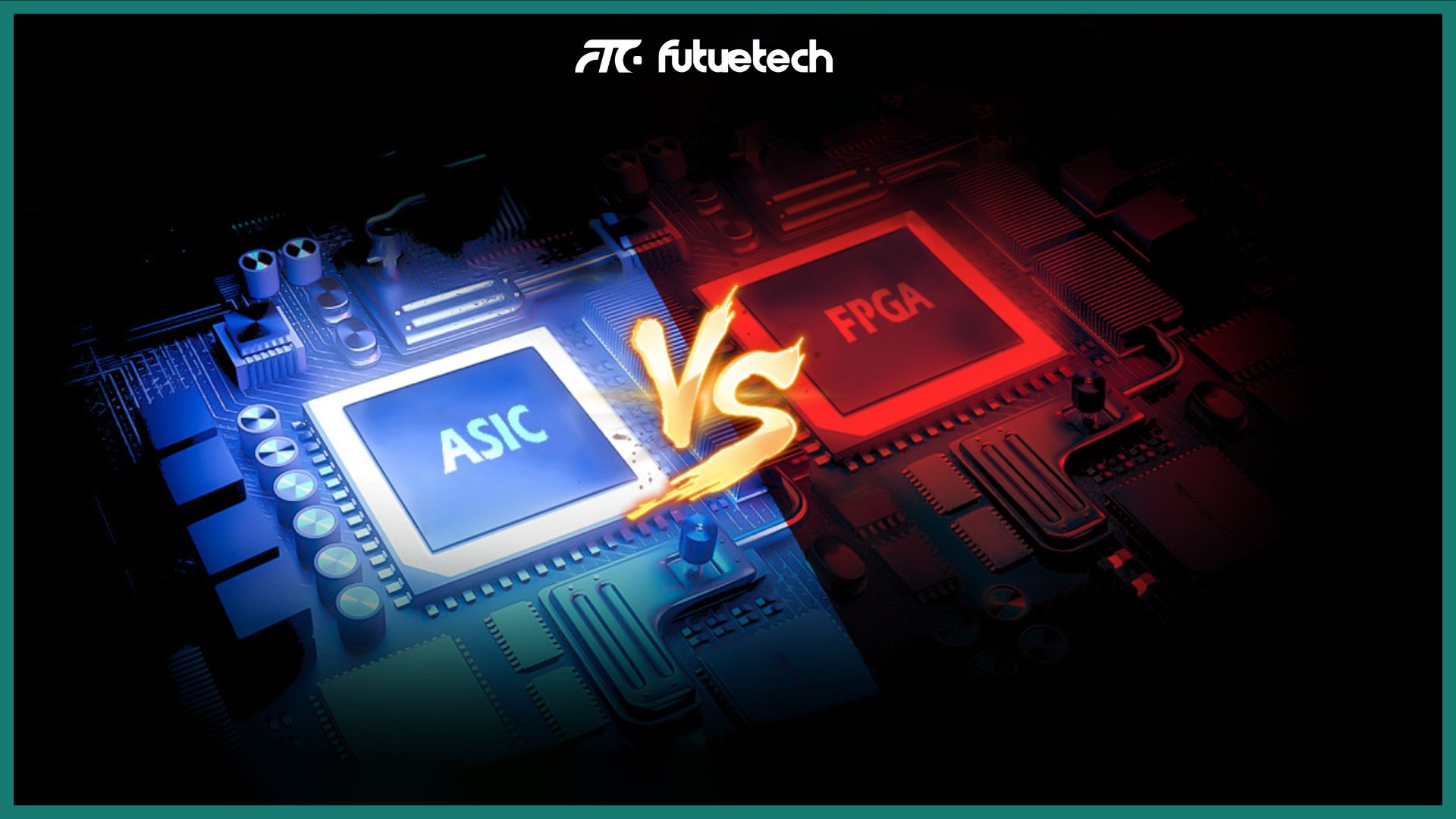
What is an ASIC?
ASIC, which stands for Application-Specific Integrated Circuit, is an integrated circuit designed for specific purposes or functions. Compared with general-purpose integrated circuits (such as microprocessors or FPGAs), ASICs have significant optimization advantages in terms of performance, power consumption, and cost.
Characteristics of ASIC
-Customized design
ASICs are tailor-made for specific application scenarios, so their design can perfectly match the target requirements, thereby improving efficiency.
-high performance
By focusing on a specific function, ASICs are able to complete tasks with great efficiency, often outperforming general-purpose chips.
-Low power consumption
Compared with multi-function chips, ASICs consume significantly less power and are more suitable for embedded systems and application scenarios that require energy saving.
-Cost effective
Although the initial cost of development is higher, for high-volume production, the cost of a single ASIC chip will be very low.
-Inadequate flexibility
The ASIC design is fixed and cannot be reconfigured or upgraded once completed. This is in sharp contrast to programmable chips such as FPGAs.
ASIC application scenarios
ASICs are widely used in various industries. Here are some typical applications:
-Consumer electronics: Image processors (ISPs) and dedicated signal processing chips in smartphones.
-Communication field: network accelerators in 5G base stations, routers and switches.
-Artificial intelligence and machine learning: AI accelerators (such as TPU) specially optimized for deep learning.
-Blockchain: The mining chip (ASIC Miner) in the Bitcoin mining machine is a highly customized ASIC that specifically optimizes hash calculations.
-Automotive electronics: image recognition chips and sensor processing units in autonomous driving systems.
-Medical equipment: such as specialized chips in portable electrocardiogram monitors and high-precision image processing equipment.
ASIC development process
The development cycle of ASIC is long and mainly includes the following steps:
-Requirements analysis
Clarify the function, performance and process requirements of the chip.
-Architectural design
Formulate the overall architecture of the chip, including module division and function definition.
-Logic design and verification
Use a hardware description language (such as Verilog or VHDL) to complete the design and verify functional correctness through simulation.
-Physical design
Convert logic design to layout for routing, timing optimization, etc.
-Tape out
Deliver the design to a semiconductor factory for manufacturing.
-Testing and mass production
Conduct functional testing on the chips after tape-out, and then mass-produce them after confirmation.
Comparison of the advantages and disadvantages of ASIC
| Advantages |
Disadvantages |
| High performance to meet specific needs |
Long development cycle |
| Low power consumption |
High development cost |
| Cost-effective in mass production |
Inability to flexibly upgrade or moodify the design |
ASIC vs FPGA
| |
ASIC |
FPGA |
| Performance |
High performance, optimized for specific tasks |
More flexible, but inferior to ASIC |
| Power consumption |
Low power consumption |
High power comsumption |
| Development cycle |
Long, complex |
Short, flexible |
| Cost |
Low cost for large-scale production |
More economical for small-scale production |
| Purpose |
Specific applications |
Prototype verification and multi-function applications |
Summarize
As an integrated circuit designed for specific needs, ASIC has obvious advantages in performance, power consumption and cost, and is widely used in communications, AI, consumer electronics and other fields. However, its long development cycle and lack of flexibility make FPGA still competitive in certain scenarios. When choosing between ASICs and FPGAs, you need to weigh the budget, time, and performance needs of your project.

